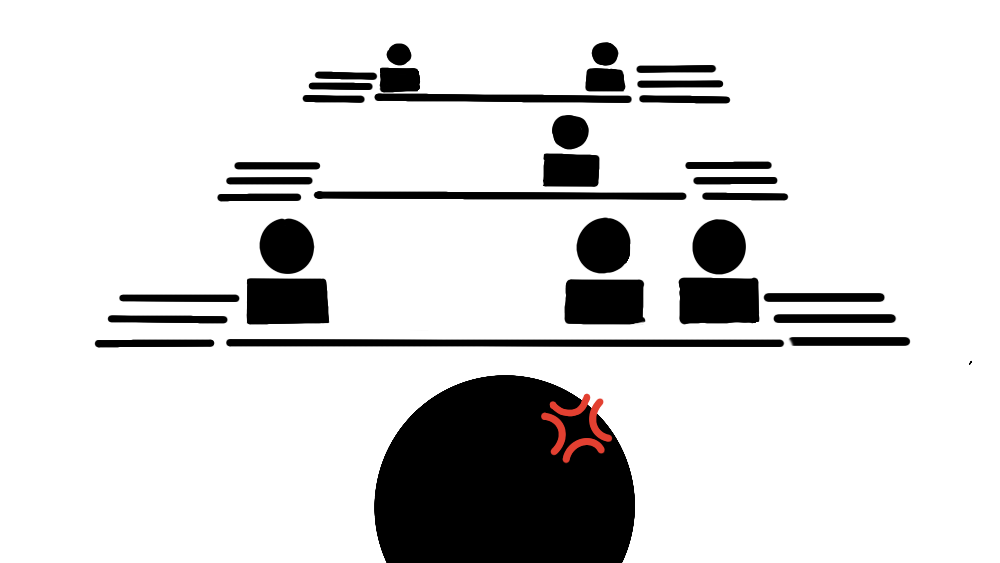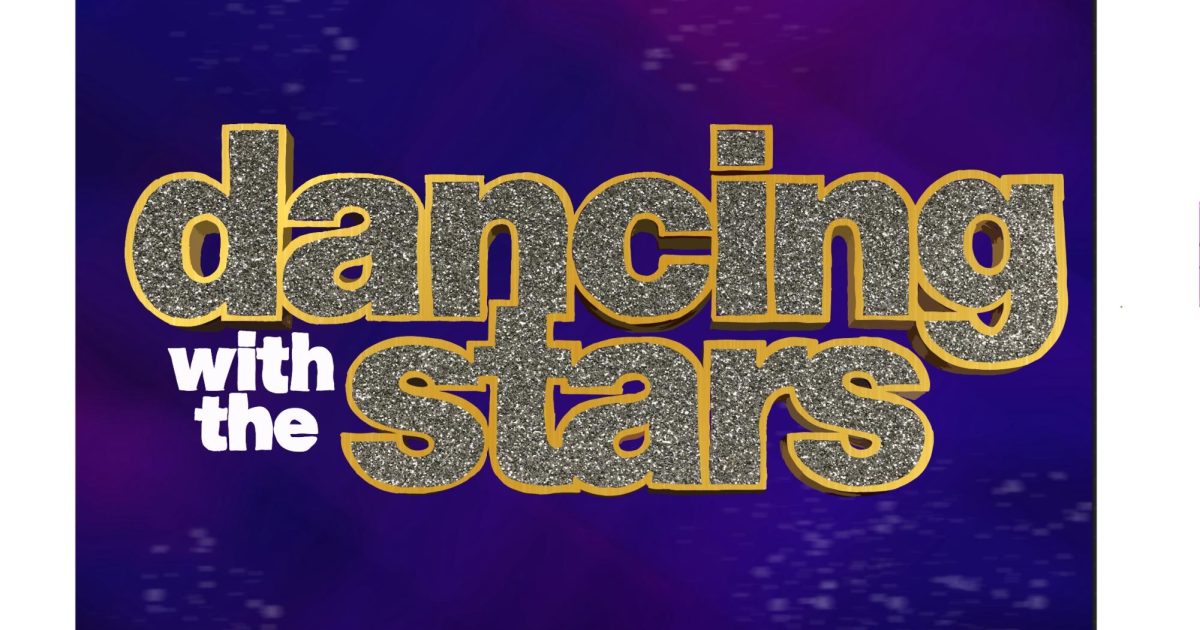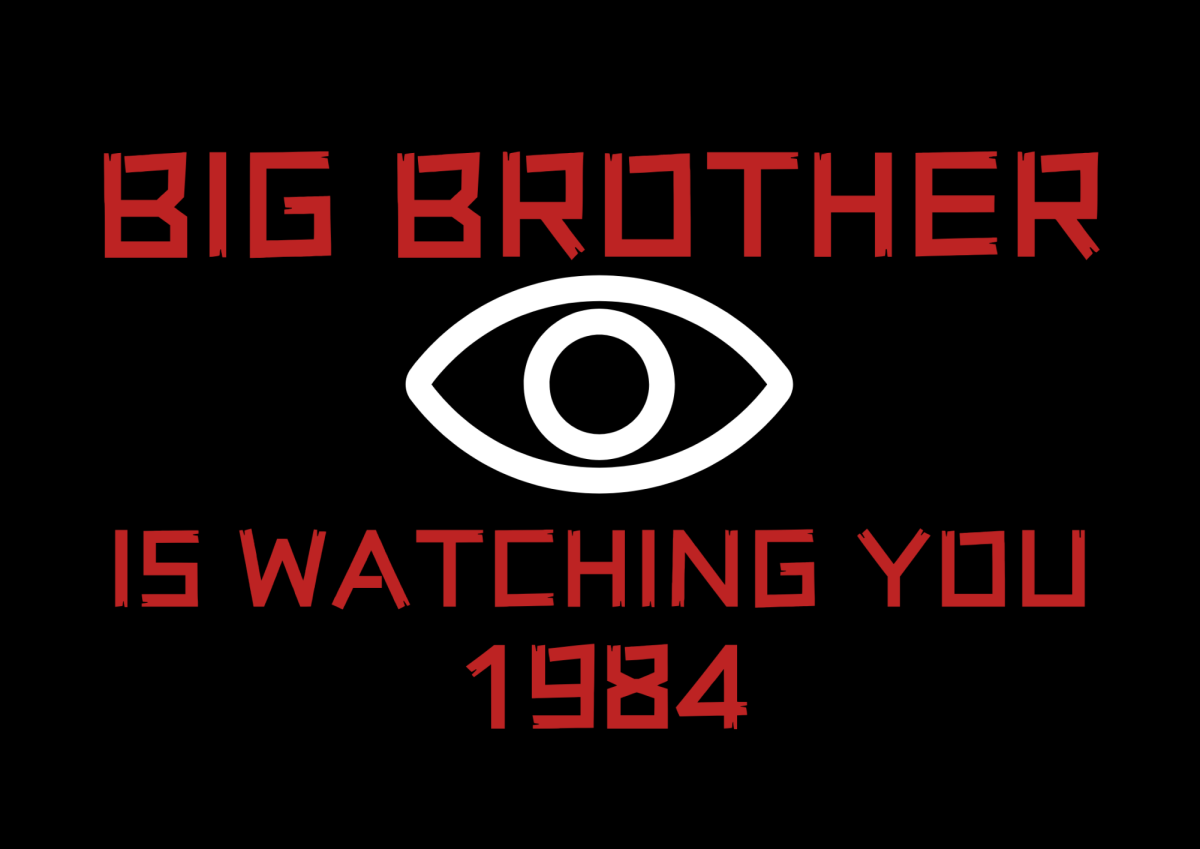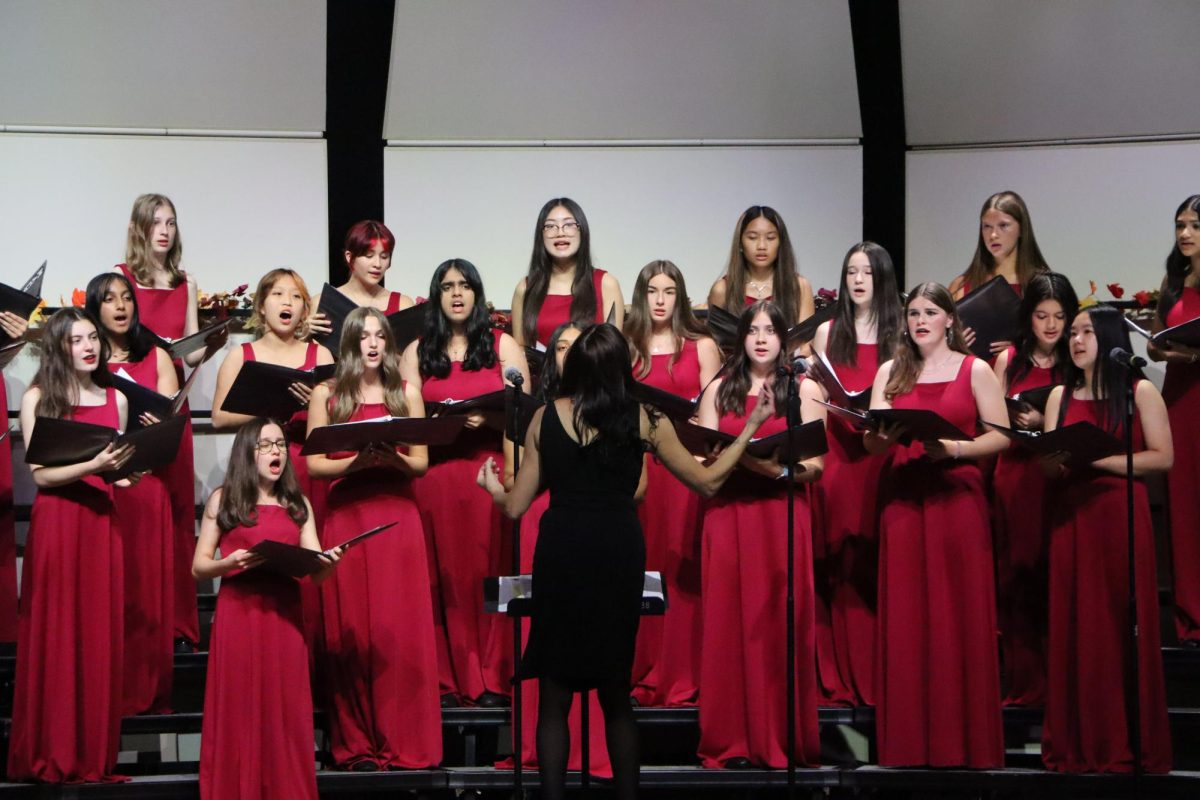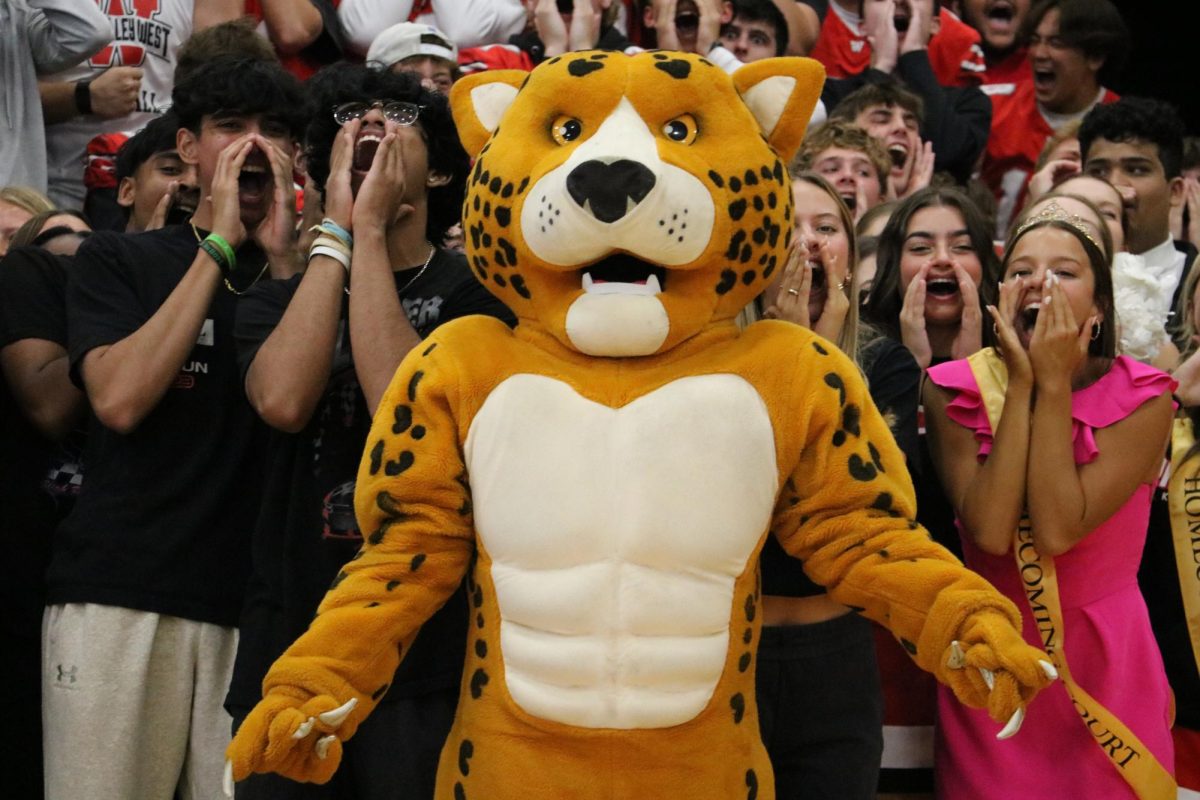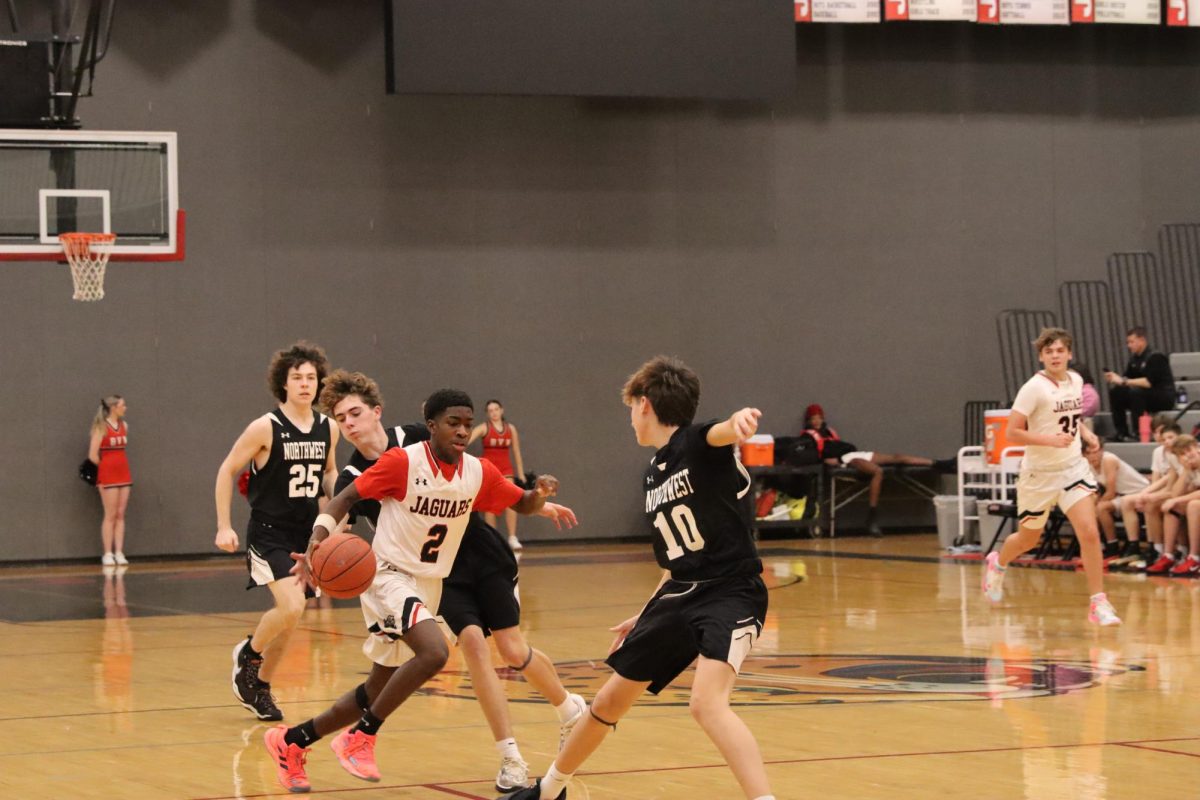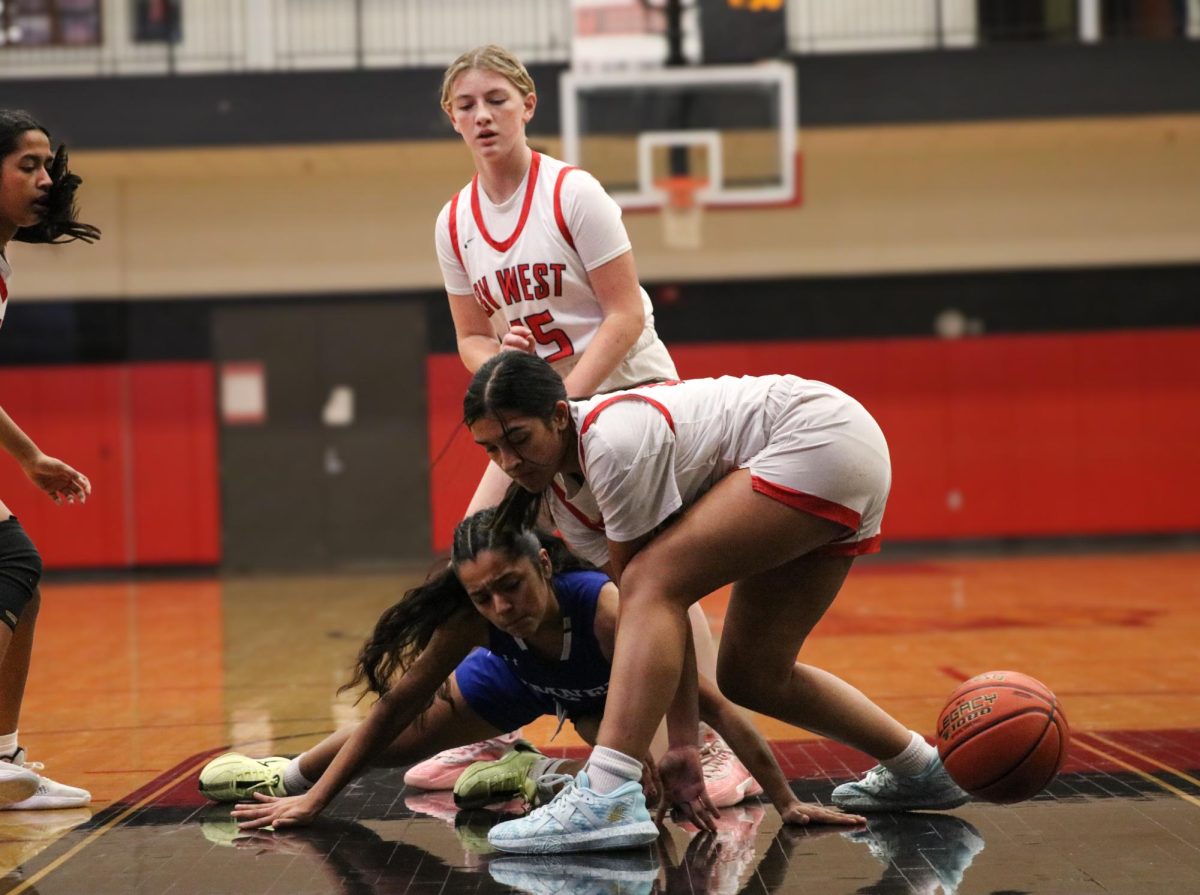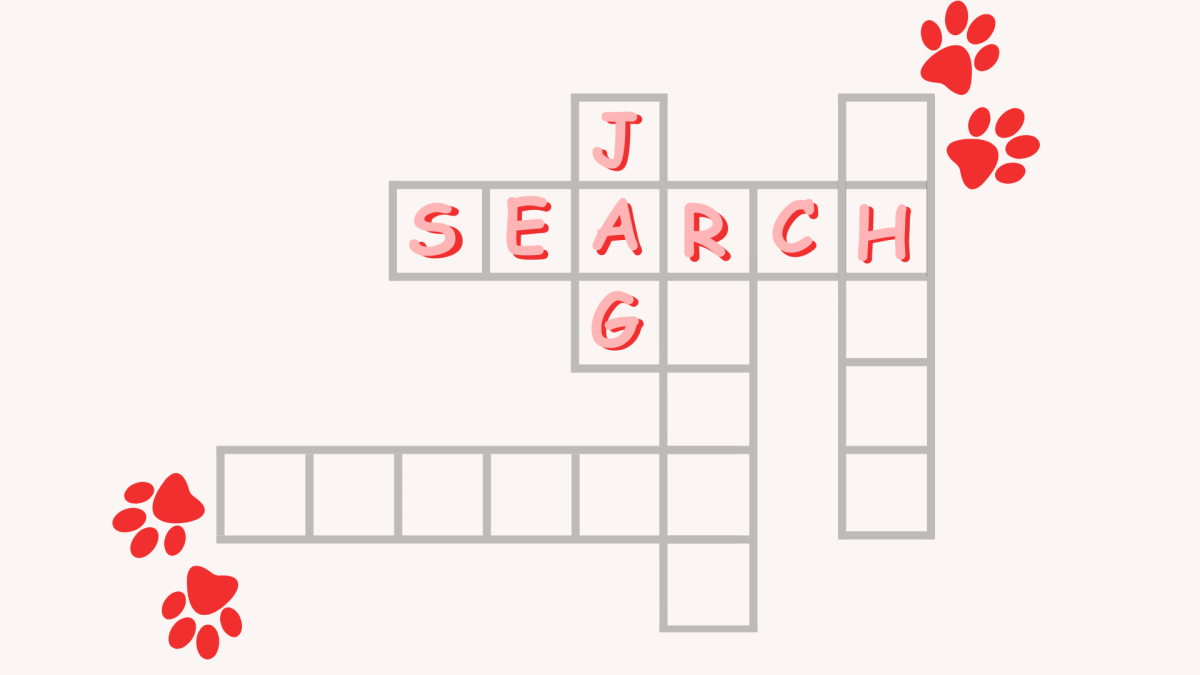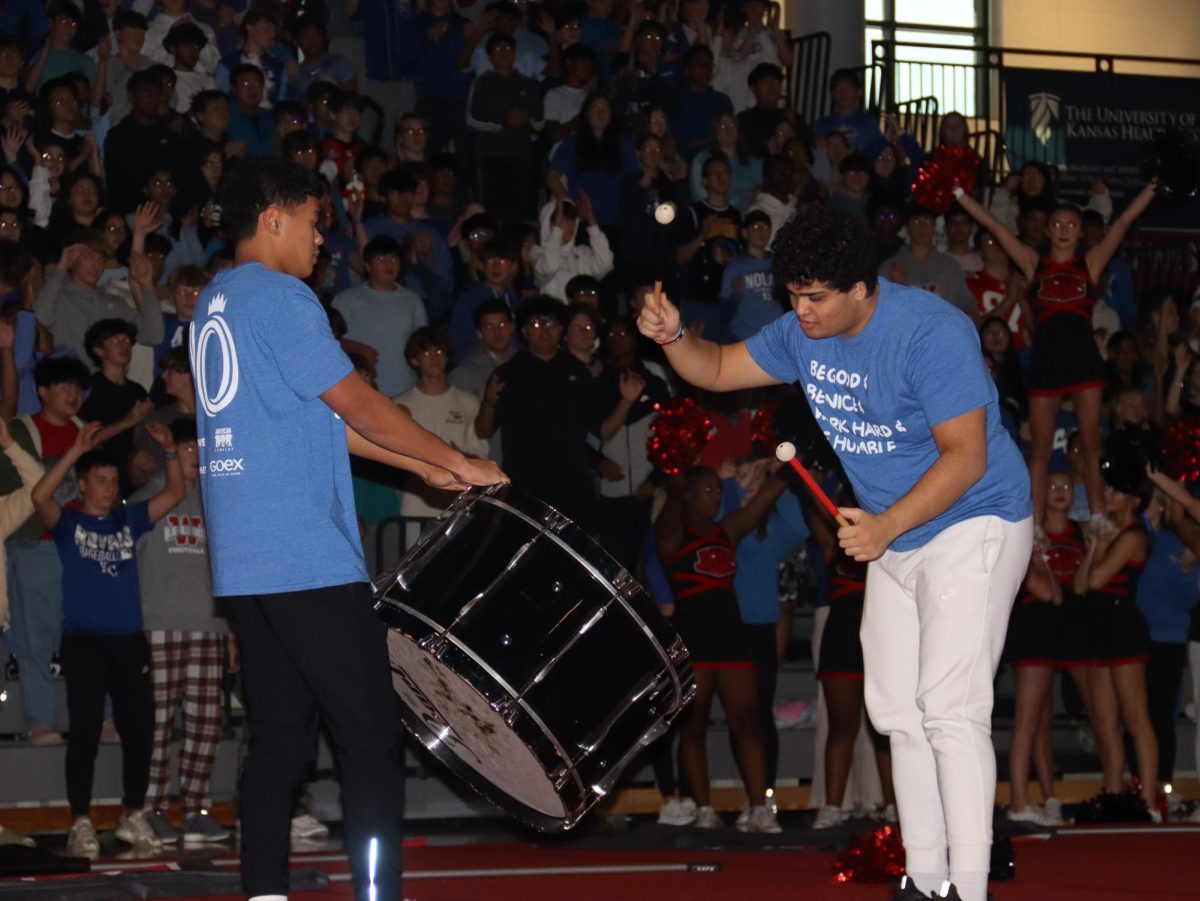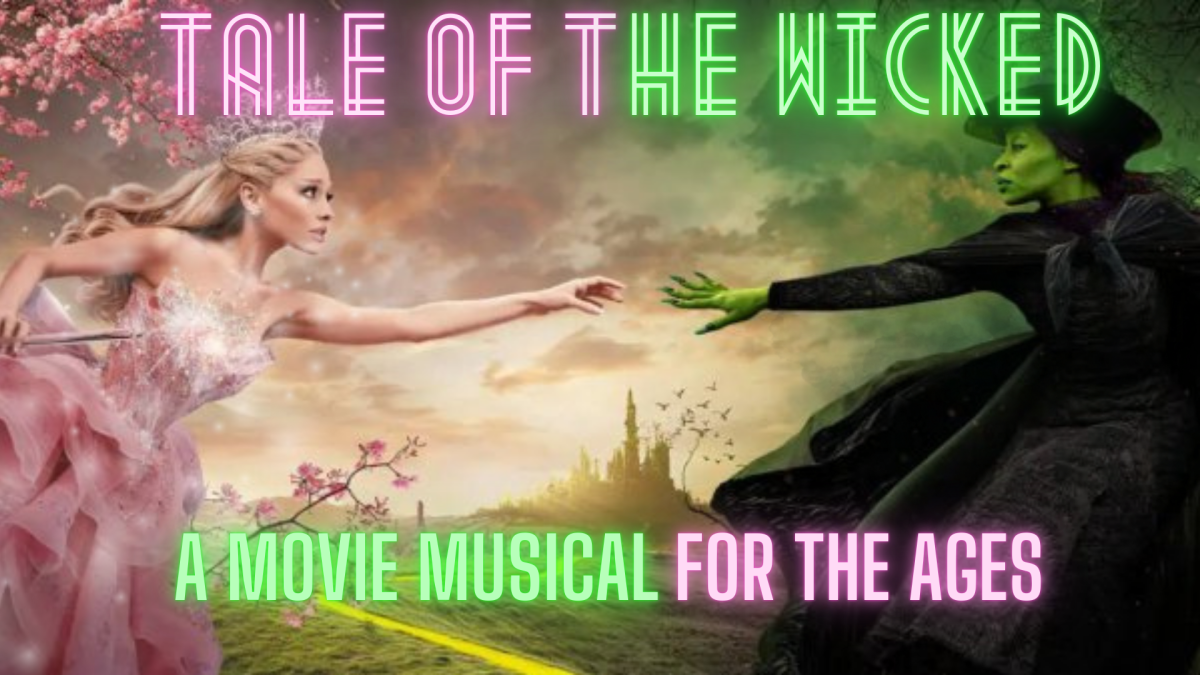@Anonymous
The effects of social media coupled with the creative outlet it provides

November 22, 2017
The impact that social media has had on our generation is almost too difficult to comprehend. We spend hours, sometimes days, editing pictures and videos to receive validation from followers. The mask that media allows us to hide behind has gradually grown and become more popular than ever. It seems we care more about the perception we create for ourselves than the reality behind the camera.
In portraying this fake sense of confidence, social media users achieve the opposite of the effect they originally intended. Media was created to connect and strengthen our relationships, not for comparing one another. While immediate satisfaction is evident after posting a picture, can the simple “like” of another provide enough validation?
The work that is needed to form relationships has exponentially fell. Instead of actually meeting and connecting with a person, a simple double tap on a picture constitutes friendship.
Face-to-face interaction means significantly less than a like or comment on a photo. It is this technological downside that has digressed the ability we have to communicate with our peers; we’re so caught up with the normality of sending ‘streaks’ over Snapchat, that it doesn’t cross our minds that we do not even talk to most of these people in everyday life. At the end of the day, what matters most is that you increased your Snap Score; not the conversations you had, or the people you met.
Our generation’s lack of genuine converse has lead to increased isolation. There has even been links between depression and activity on social networking sites.
This startling fact is illuminated in a study examining the effect of the media. Researchers at the University of Pittsburgh recently survey 1,787 adults ranging from the ages of 19-32. With this study, they found that those who were active on sites like Facebook, Twitter and Reddit had three times more instances of depression than those who were least active on them.
A link to depression makes the reality of our addiction to media real. Without a real interaction and relationships, it appears that users are left with a void. There comes a time where it is necessary to ask ourselves if what we are doing gives us authentic joy.
While media like Instagram can serve as a detriment, it can also serve as an outlet for creativity. Some Instagram users choose to illustrate their pictures in a uniform way that is pleasing to the eye. The phrase “aesthetically pleasing” has became a popular adjective to describe said social media page. These Instagram users, like senior Mia Hodges, put an extensive amount of time and effort to keep up the aesthetic of their page.
“Editing and arranging pictures for my Instagram is something that I really enjoy, so I don’t consider it a chore/a way to ‘keep up my image,’” Hodges said. “I try not to overthink it too much and post the photos that flow with my ‘theme’ and make me feel confident.”
Like Hodges, many utilize outlets to show their artwork or develop a piece of art with their page. This expression has engendered a sense of confidence as an artist. Additionally, Hodges sees media as a way to promote acceptance and friendships.
Choosing to concentrate on the brighter aspects of social media, Hodges’ way of thinking promotes a positive mindset and utilization that is encouraged in other media use
Social media has forever revolutionized the concept of human interaction. Talking on the phone is now the equivalent of sending someone a selfie over Snapchat, or a direct message through Instagram. It’s ironic how although we’ve developed new ways to communicate with one another, we have somehow eliminated the depth and sincerity in how we communicate; thus revealing whether or not these technological advancements really count as advancements at all.
It is in these advancements that people seem to lose their identity the most, for being constantly obsessed with the facade social media lures us into. Social media is an incredible value to our generation, but what’s important is not always the focus in the photo; it is the life outside the lens.
Fake Instagram
The elusive trend of “finstas”, also known as fake Instagrams, has yet to see a decline in its popularity. The purpose of a finsta is having a place to post media one may view as more ‘private’, content that they may not want others who are not close friends to be able to see. While this content can consist of more casual and humor-related images, it can also lead to the posting of photos that would otherwise be deemed as inappropriate on a user’s real Instagram account.
What began as a typical social media fad evolved into a plethora of unabashed photos and videos taking media by storm. Sophomore Riley England was one of many who joined in on this movement.
“I created my finsta just so I could share my life with the people I’m friends with,” said England. “I post things on my spam that I think are funny or things that I don’t want to put on my main.”
The finsta phenomenon can be traced to the fact that parents and other relatives connect with their teens through social media. While this interest is understandable, through the eyes of an adolescent, this can be seen as an obstacle in front of what used to be an open channel of creativity and entertainment. The allure of owning a regular Instagram account decreased, thus increasing the desire for a release from the eyes of parents; from this, the finsta was born.
England has also witnessed the spike of popularity among finsta.
“I think it’s popular because kids now have more friends, it’s easier to share things on finsta than send it to everyone (of your followers),” England said.
Though being an owner of a finsta account comes with a new perspective into the lives of peers, England sees both the good and bad in this thriving trend.
“I think it’s balanced out, because I can see what some people do that is not very good that they post on their spam,” England said.
However, England chooses to embrace the creative freedom and spread of positivity that comes along with finsta.
“It’s also a place to post birthday shout-outs and such, whatever makes you feel happy,” England said.
Still a seemingly undying craze, the finsta is a concept that ultimately negates the original facade of social media; rather than focusing on the perfection of one’s photos, finsta is meant to reveal the actuality of life minus the filters and Photoshop. It’s ironic how through social media, we have a side of ourselves that we allow friends and family to see for the purpose of upholding a reputation. But we also have a side we prefer to keep to ourselves.
Photo Courtesy of Mia Hodges, @miaehodges

